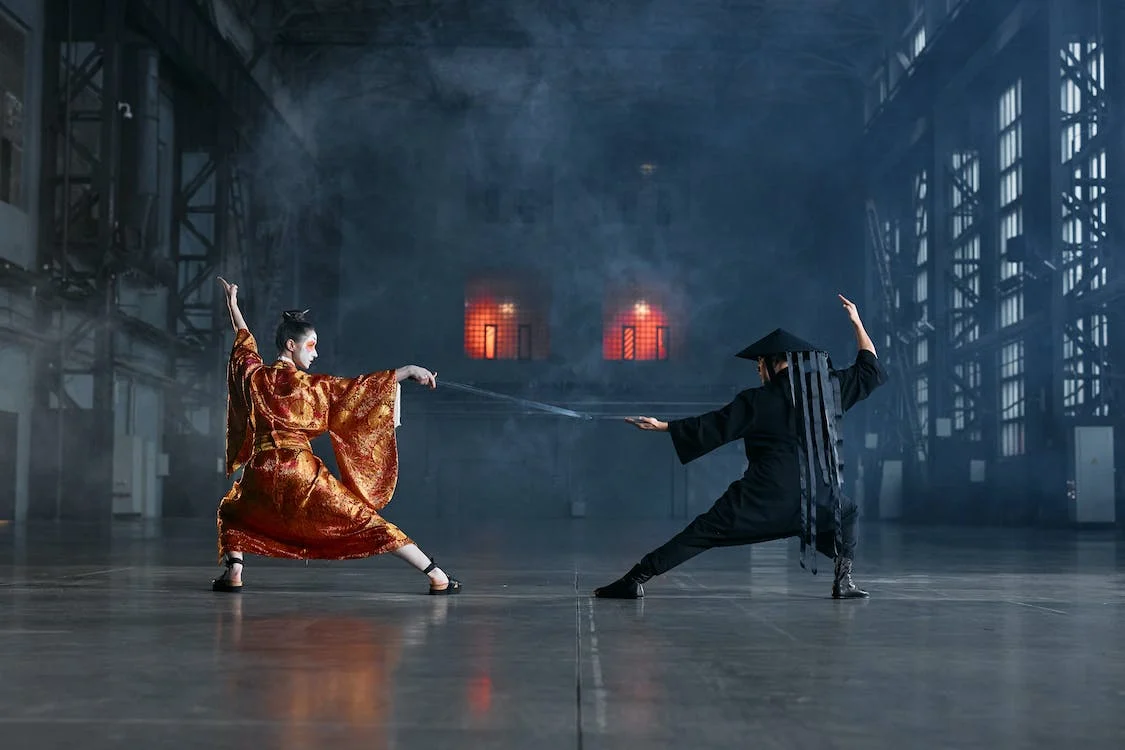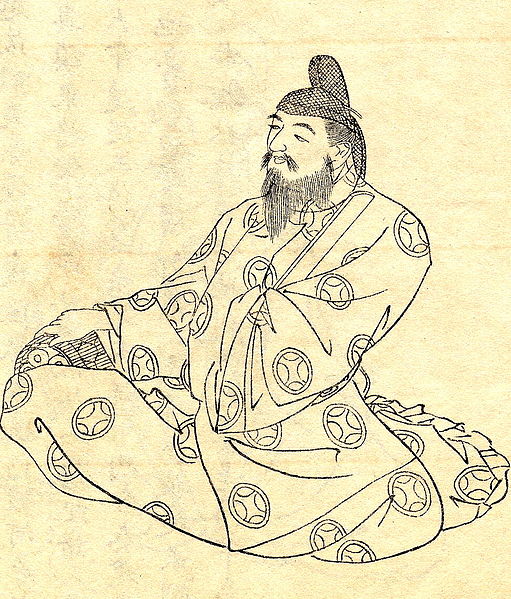A mythological Japanese sword called “Ama-no-Habakiri” is connected to the Shinto god Susanoo. According to tradition, Susanoo used it to defeat the mythical Yamata no Orochi, a serpent with eight heads and tails. An approximate translation of “Ama-no-Habakiri” is “sword that cuts the gods of heaven.”
It is one of the 21 Great Grade swords. It was made by Kozuki Sukiyaki and was initially held by Kozuki Oden with his other sword, Enma. Until the present, these two swords were the only ones to have ever hurt Kaidou. After Oden passed away, his son Kozuki Momonosuke received the inheritance.
Origin and Mythical Significance
The Kojiki and Nihon Shoki, two classical Japanese works, are where Ama-No-Habakiri first appears. These founding histories describe Japan’s early history, its gods, and the establishment of the imperial bloodline. Ama-No-Habakiri, representing the emperor’s divine right to reign, was one of the three sacred treasures of the Japanese imperial line.
The name of the sword reflects its mesmerizing power. Together, “Ama” and “Habakiri,” which both mean “cutting blade,” denote the sword’s remarkable ability to sever and conquer. “Ama” denotes the skies or celestial realm. Ama-No-Habakiri’s most well-known accomplishment, the killing of the eight-headed serpent Yamata no Orochi, came to be defined by this particular quality.
The Conflict with Yamata no Orchi
The legend describes the storm god Susanoo’s descent to Earth after being exiled from the heavenly realm. He came upon a sad couple as he was wandering in the Izumo Province close to the Hi River. They had suffered the loss of seven of their daughters to Yamata no Orochi, and their sadness was apparent. The couple had one more daughter, who would soon suffer the same fate due to the serpent’s evil desire for sacrifices.
The legend describes the storm god Susanoo’s descent to Earth after being exiled from the heavenly realm. He came upon a sad couple as he was wandering in the Izumo Province close to the Hi River. They had suffered the loss of seven of their daughters to Yamata no Orochi, and their sadness was apparent. The couple had one more daughter, who would soon suffer the same fate due to the serpent’s evil desire for sacrifices.
Susanoo, moved by their plight, put forth a remedy. For their daughter’s hand in marriage, he agreed to defeat the serpent. Susanoo prepared for the confrontation by devising a strategy that would take advantage of Yamata no Orochi’s gluttony. At each of the serpent’s eight heads, he placed sizable vats of sake (rice wine), the final of which held a lethal poison.
Appearance
Ame is a katana with a medium curve and a golden tsuba in the form of a trefoil. Its color palette of white matches its “Heaven” symbol. The saya and tsuka both have straightforward, light five-petaled flower designs on both sides, and the kashira and kojiri are both made of gold. The sheathe is lacquered full white, much like the tsuka, which has three cords.
A medium-curved katana in the Shobu Zukuri style, Ame no Habakiri resembles Enma in terms of look. Its all-light coloring matches its “heavenly” concept and contrasts with Enma’s gloom. Its tsuba (like Enma’s) is shaped like a trefoil, with thick ridges on each lobe and a central hole. The tsuka looks to be lacquered, is solid white (rather than covered in tsuka-ito), and is ridged by two bands immediately above the fuchi, one round higher up, along with two even higher, far-apart lines of studs, all in parallel. The huge kashira (singularly studded) is shaped like a kumo (cloud) motif. The saya (which is the same color as the tsuka) is decorated with a triple set of flower designs on each side, with the two closest to the cord having six petals and the two below having seven petals. The cord has two hanging, tufted ends (apparently the sageo) that dangle down below the tsuba. The kojiri (like its counterpart) is enormous with trefoil cuts that match the tsuba on each side, and a broad, knobbed ring sits above it to add decoration.
Meaning and Legacies
The victory of Ama-No-Habakiri over Yamata no Orochi is a metaphor for the victory of order over chaos and of human willpower over seemingly insurmountable challenges. The sword represents the qualities of fortitude, cunning, and divine intervention. Its narrative reflects the more general cosmic balancing idea seen in many mythologies, where celestial creatures assist humanity in overcoming difficult obstacles.
Ama-No-Habakiri is very significant in Japanese culture in addition to its epic story. The sword is a representation of imperial power and the divine mandate for ruling as one of the Imperial Regalia. Its significance in rituals, especially the inauguration of emperors, emphasizes the interdependence of myth, history, and sovereignty in the development of Japan’s identity.
Modern Times
Ama-No-Habakiri’s influence can still be seen in contemporary Japanese society. Literature, anime, video games, and visual arts have all referenced the story in some way. It frequently highlights its mythological power and its crucial role in determining Japan’s future in these arenas.
Even though the sword itself is still only a myth, the Japanese people continue to be influenced by it. Ama-No-Habakiri serves as a poignant reminder of the storytelling medium’s ability to influence cultural identity, establish moral principles, and celebrate the achievements of the human spirit. Its symbolism is still relevant today, connecting Japan’s mythical history with its aspirations today.
The sword Ama-No-Habakiri shines as a dazzling thread in the tapestry of Japan’s rich cultural legacy, tying generations together with its tale of bravery, selflessness, and the never-ending search for equilibrium in a complicated world. Its legacy endures today as evidence of the mythic power that never wanes and the timeless human quest to overcome obstacles and fulfill one’s destiny.
Conclusion
Because of its mythical victory over Yamata no Orochi, Ama-No-Habakiri serves as a symbol of bravery and cosmic harmony in Japanese mythology. It continues to inspire new generations and represent Japan’s cultural identity in modern culture, solidifying its position as a link between myth and reality.




